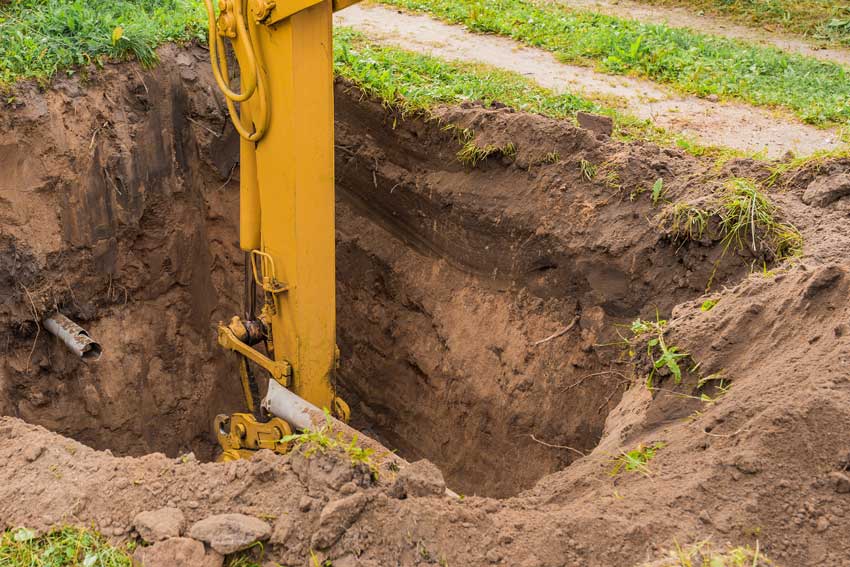
Before any excavation project begins, it is crucial to confirm the official boundaries of the property. Failing to do so can result in legal disputes, damaged neighbor relations, or costly corrections. Whether you’re installing a foundation, trenching for utilities, or landscaping, knowing exactly where your property starts and ends ensures your work remains compliant and conflict-free.
- Review Your Property Survey
The first step is to obtain a recent property survey. This document outlines the precise dimensions and boundaries of your land, including any easements or setback requirements. If you don’t already have a survey on file, you can often find one through your county recorder’s office or request a new one from a licensed surveyor. - Hire a Professional Land Surveyor
For excavation work near property lines or in areas with disputed boundaries, hiring a professional surveyor is strongly recommended. A surveyor uses specialized tools like GPS and total stations to mark your property lines with a high level of accuracy. They can also provide official documentation that can stand up in legal matters if boundary questions arise. - Locate Existing Property Markers
Many properties have boundary markers—metal stakes, pins, or concrete monuments—installed by the original surveyor. These are often located at the corners of your lot. You can use your survey to help locate them, but be aware that over time they may shift, be buried, or removed, which is why professional verification is still wise before digging. - Check Local Regulations and Permits
Before excavating near property lines, you may be required to obtain permits or follow setback rules dictated by local zoning ordinances. Always consult your local building or zoning office to avoid code violations and to learn what documentation is needed. - Communicate with Neighbors
If excavation work will occur near a shared property line, it’s courteous—and sometimes legally necessary—to inform your neighbors in advance. Clear communication helps prevent misunderstandings and builds goodwill, especially in tightly packed neighborhoods. - Use Physical Markings on Site
Once boundaries are confirmed, use flags, spray paint, or temporary fencing to mark them clearly on the job site. This provides a visual guide for contractors and machine operators, reducing the risk of overstepping.
Properly identifying and marking property boundaries before excavation is not just best practice—it protects your investment, avoids disputes, and ensures your project proceeds smoothly and legally.
